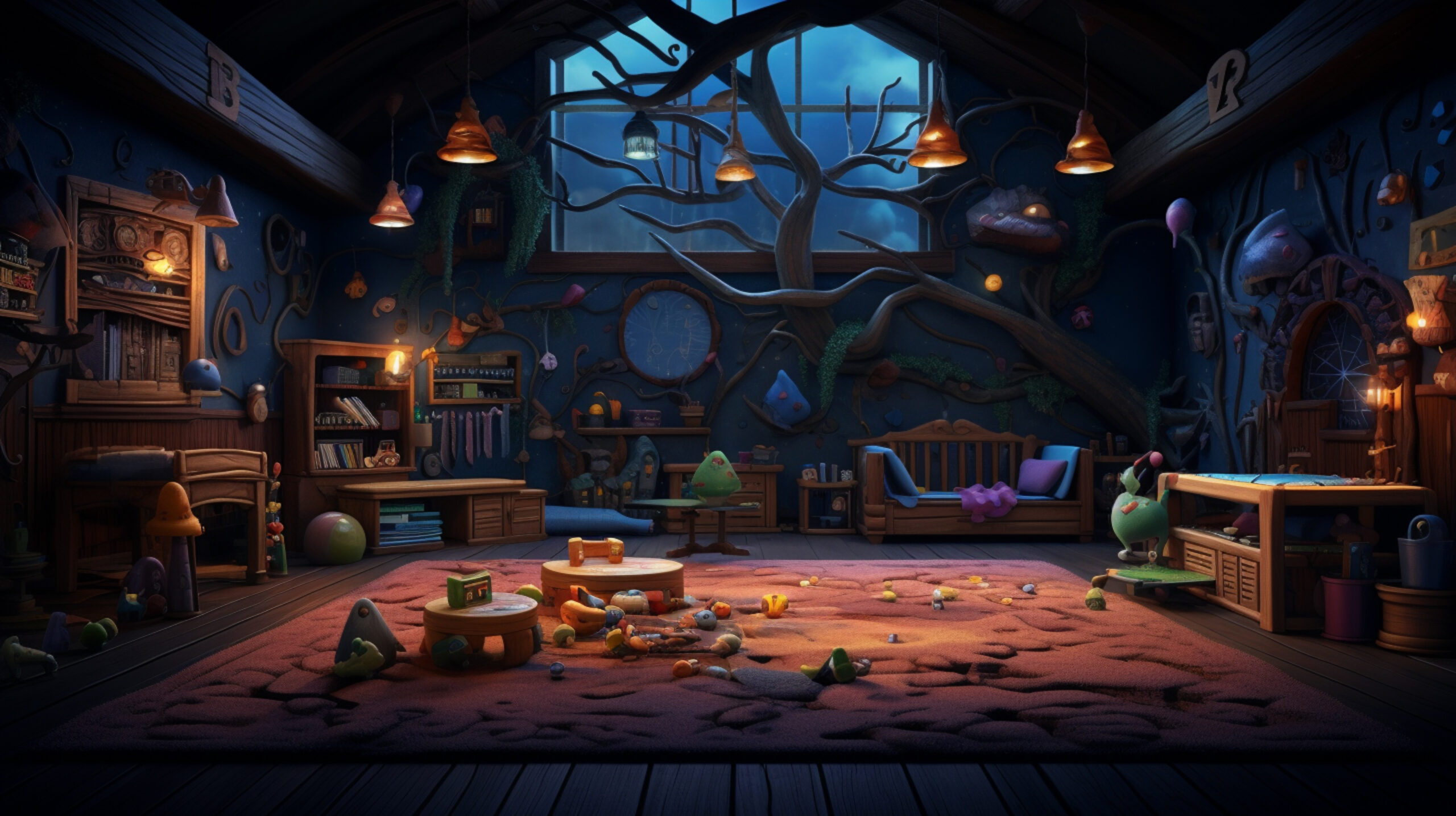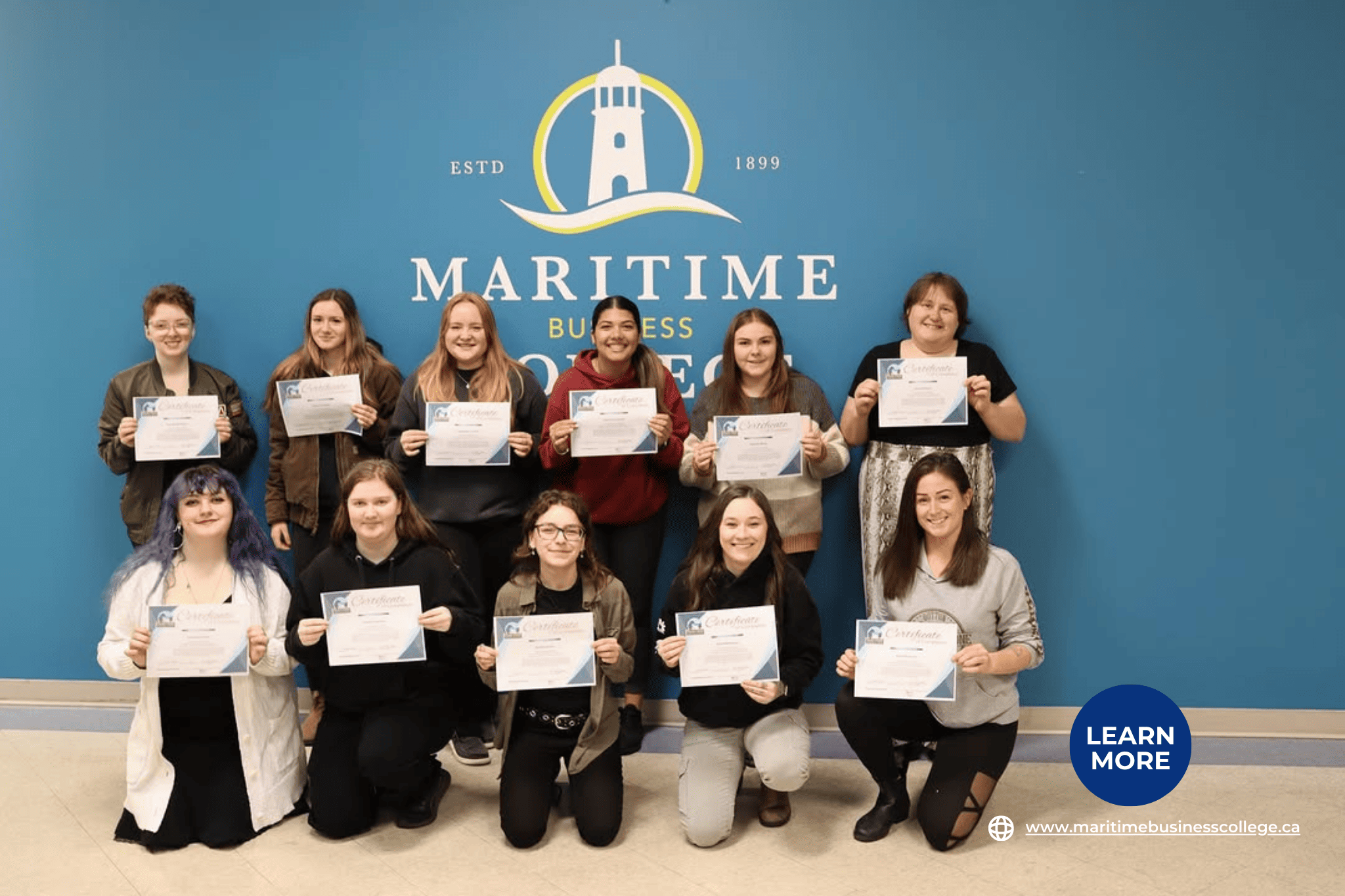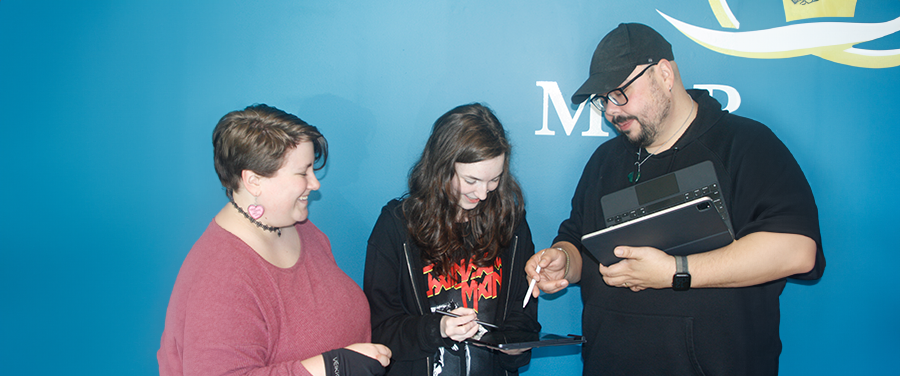A digital art course can be very different from just normal job work, or actually a promising career opportunity in these rapidly changing and dynamic creative industries of today. If you dream of being an animator, illustrator, or multimedia designer, embrace digital art; it will help you realize those dreams by providing you with the tools needed to translate ideas into visually splendid content.
Previously known to be an art trend, social media, mobile gaming, streaming platforms, and virtual experiences have made digital art one of the most highly demanded professions. With options ranging from short-term certificates to full-fledged diplomas in digital art, one question has most likely been stirring in your mind: How do I choose the right one for my goals?
This blog gives you insights into what digital art truly is, the skills you need to have, and the differences concerning prevalent paths of animation like 2D and 3D. This will also give you an insight into the type of program available, the software that you would be mastering, and where the career opportunities lie, particularly in creative hubs like Halifax.
Whether you are a beginner, career switcher, or someone looking to level up, this guide will help you choose a digital art course confidently that matches your goals in 2025 and beyond.
What is Digital Art and Why is it Dominating the Creative Industry?
Any art that is created on a digital basis, like graphic design software, and with the help of tools like drawing tablets and 3D animation, comes under ‘digital art.’ Basically, still illustrations, animations, video game environments, visual effects, and website content are what define digital art. In a modern world, digital art is at the top not only thanks to the versatility it demonstrates, but also because of demand by all sectors. Digital art galleries are the centrepieces of entertainment, advertisement, education, social media, and even virtual reality, all those locations where visual content matters, but digital artists are the pathfinders.
Why is the digital art course becoming popular now?
The digital art revolution has transformed industries from film and gaming to advertising and social media. Now people are rushing to digital art courses in huge numbers, and this does not just deal with the increase in demand; it is also very responsive to remote work, freelance platforms, and global content.
Since it provides hands-on training within less than two years, hence much faster and focused than going the long way around, most students would rather go for a digital art diploma than pursue other traditional courses.
Who Can Become a Digital Artist?
Anyone with creativity, a laptop, and internet access can start learning digital art. Whether you are a high school graduate, career changer, or hobbyist looking to turn pro, it is accessible and more and more in demand. As part of your application, MBC also requires a basic portfolio that must include a hand, a portrait, an animal, and a perspective drawing.
Which Digital Art Skills Are Most In-Demand Right Now? 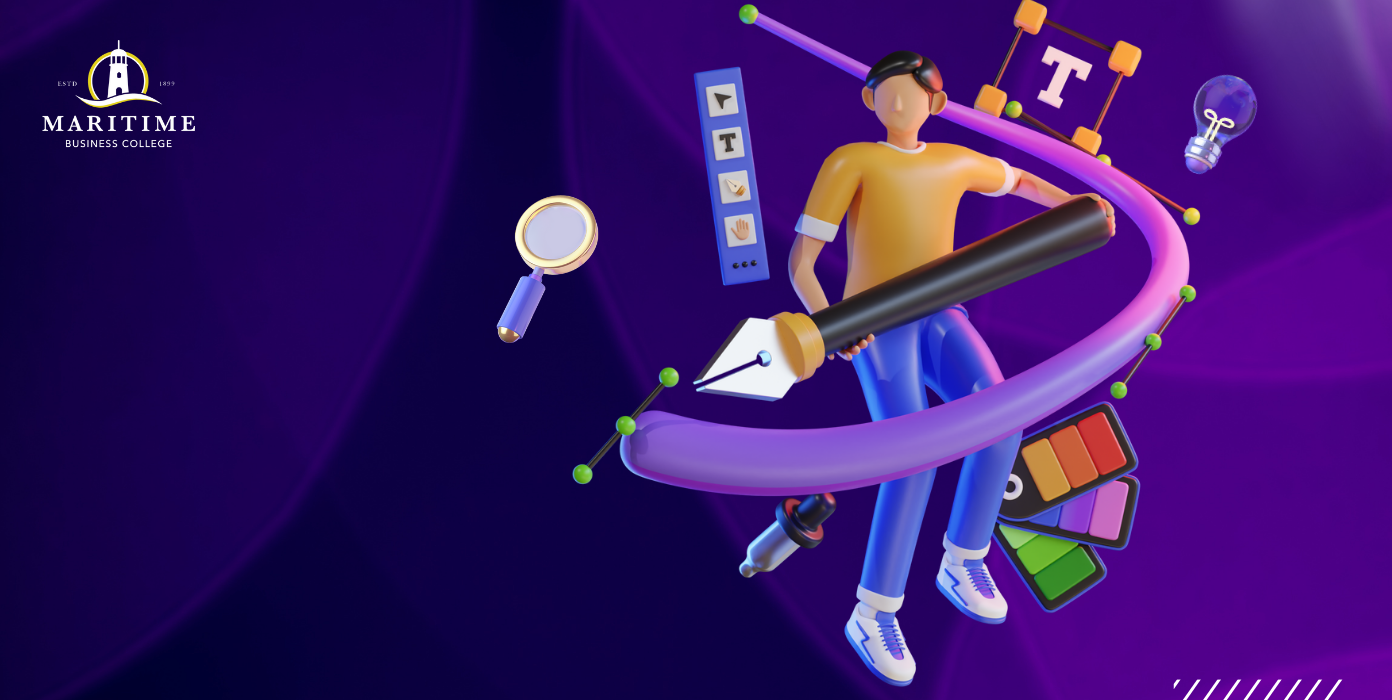
Core Technical Competencies Every Digital Artist Needs
To thrive in digital art today, aspiring artists must master:
- Digital Drawing and Illustration: Core design principles, composition, and software like Adobe Photoshop and Procreate. At MBC, students begin with life drawing and layout design to strengthen observational and technical skills.
- Animation Fundamentals: Timing, movement, frame-by-frame animation, and storytelling in digital formats. Students use tools like Adobe Animate, After Effects, and Autodesk Maya to bring characters and environments to life.
- 3D Modelling and Sculpting: Build and animate realistic characters and environments using industry-standard software like Autodesk Maya and ZBrush.
- Visual Effects and Editing: Use tools like Adobe After Effects to create professional-grade animation and compositing.
What’s the Difference Between 2D Animation and 3D Animation?
Understanding this difference helps you choose your specialization.
2D Animation: The Foundation of Digital Storytelling
2D animation uses flat drawings or vector-based graphics to tell compelling stories. It’s widely used in explainer videos, mobile games, and TV animation.
- Traditional Techniques in Digital Space: Frame-by-frame and tweening.
- Software: Adobe Animate, Toon Boom Harmony.
- Careers: 2D animator, storyboard artist, character designer.
Which Professional 3D Software Should Beginners Learn First?
Start with Blender (free and open-source) or Autodesk Maya (industry standard). These help you learn modeling, rigging, and animation workflows.MBC students learn both, along with ZBrush for sculpting and Substance Painter for professional-quality texturing.
- 3D Workflow: Modeling — Texturing— Rigging — Animating — Rendering.
- Software: Blender, Maya, ZBrush, Substance Painter
- Careers: 3D animator, game designer, VFX artist.
When deciding between 2D and 3D specialization in digital art/design
Personal Interest Assessment: Do you enjoy flat visual storytelling or building lifelike models and environments?
Market Demand Analysis: 3D roles are in high demand in gaming and VFX. 2D remains strong in mobile gaming, education, and digital marketing.
How Do You Choose the Right Digital Art Course for Your Goals?
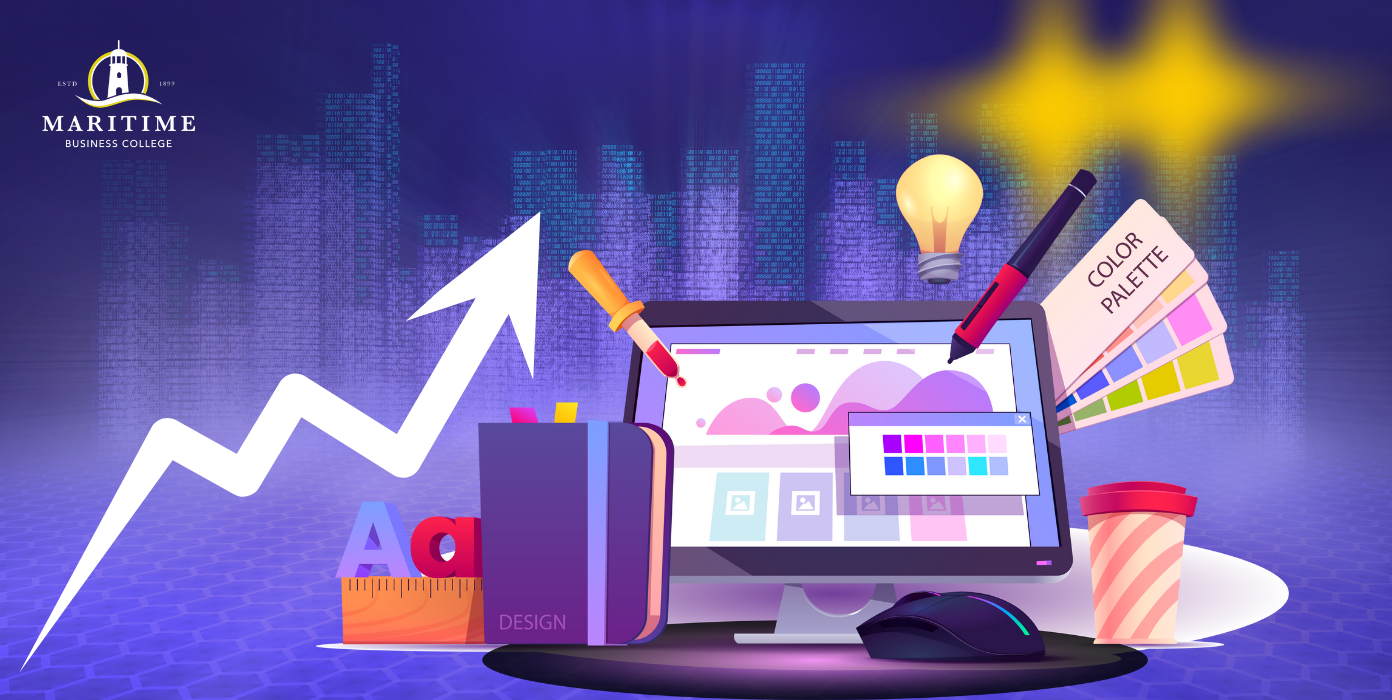
What Types of Digital Art Programs Are Available?
- Certificate Programs (6–12 months): Focus on foundational skills and quick entry into creative fields.
- Digital Art Diploma Programs (12–18 months): Balanced mix of practical training and portfolio building.
- Degree Programs (2–4 years): Ideal for deep specialization and broader academic learning.
Which Learning Format Works Best for Different Lifestyles?
- Full-time Intensive Programs: Best for career-focused learners.
- Part-time and Evening Classes: Suitable for working adults or parents.
- Online vs. In-Person Training: Online offers flexibility; in-person allows for collaboration and real-time feedback.
What Software and Tools Do Professional Digital Artists Use?
Essential Software Every Digital Artist Should Master
- Adobe Creative Suite: Photoshop, Illustrator, and After Effects.
- Animation Software: Toon Boom (2D), Blender, Maya, Cinema 4D (3D), ZBrush.
Hardware Requirements for Digital Art Success
Drawing Tablets: Wacom, XP-Pen, or Huion.
Computer Specs: Minimum 16GB RAM, strong GPU (NVIDIA or AMD), SSD, and a color-accurate display.
Where Can Digital Artists Find Career Opportunities?
Traditional Employment Sectors
- Entertainment Industry: Animation studios, game development companies, film/TV.
- Marketing and Advertising: Creative agencies, digital content firms, branding firms.
Emerging Opportunities in Digital Art Course
NFT and Blockchain Art Markets: Create and sell unique digital assets globally
Virtual and Augmented Reality: Build immersive simulations and 3D training tools.
Freelance and Entrepreneurial Paths: Start a freelance business.
- Start a freelance business
- Monetize your content on YouTube, Twitch, Patreon, or Gumroad
- Work remotely with clients worldwide via Fiverr or Upwork.
Why is Halifax Becoming a Digital Art Hub?
Nova Scotia’s Growing Creative Economy
Government grants, local incubators, and digital innovation hubs are fueling growth in Halifax’s creative sector.
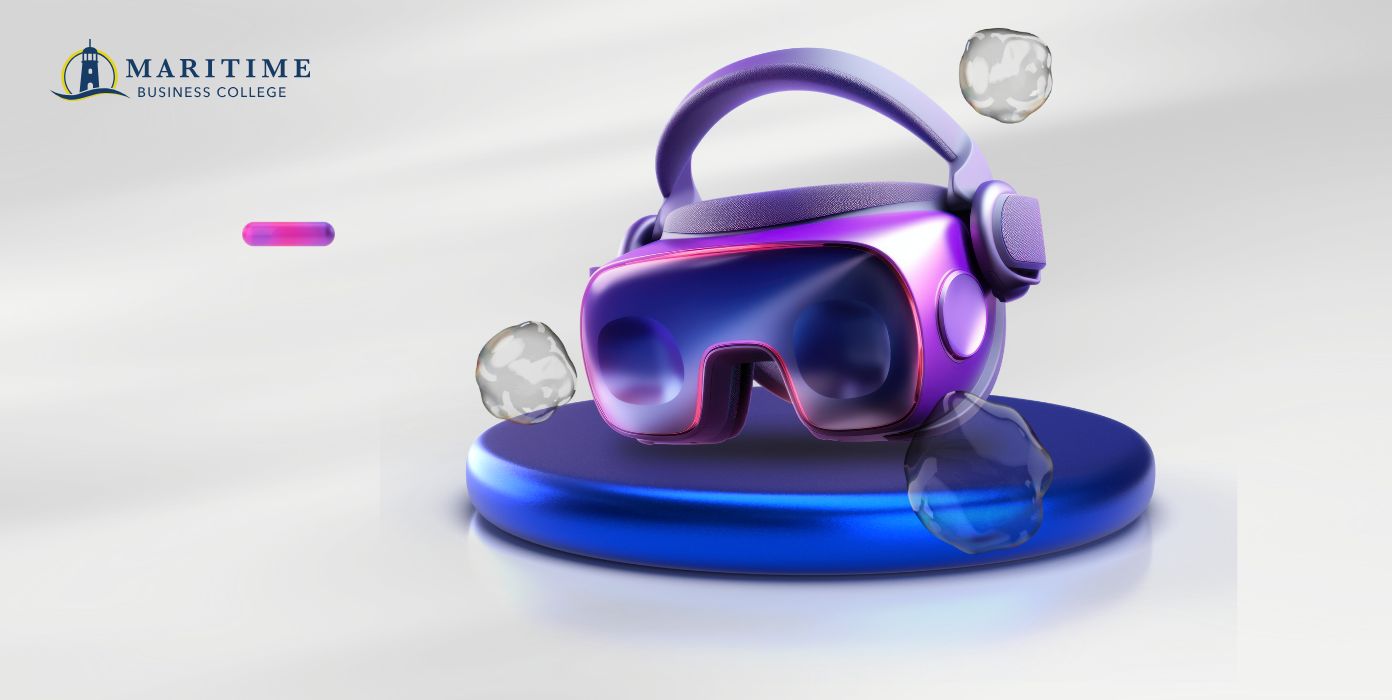
Advantages of Studying Digital Art in Halifax
- Lower Cost of Living compared to major cities.
- A Smaller Community means better networking and mentorship.
- Access to Local Studios for internships or part-time work while studying.
Success Stories: Digital Artists Who Started Where You Are
Career Changers Who Found Success
- A retail worker who retrained in digital art and now works as a junior animator at a Halifax-based studio.
- A traditional painter who transitioned into digital illustration for mobile apps.
Recent Graduate Achievements
MBC graduates have landed roles in animation, gaming, and even freelance work with international clients, all within months of graduation.
How to Start Your Digital Art Journey Today
Pre-Course Preparation Steps
- Assess Your Skills: Try free drawing, illustration, or animation tutorials.
- Set Clear Goals: Decide what kind of digital artist you want to become. What career path excites you?
If applying to MBC, prepare a small portfolio: one hand drawing, one portrait, one animal, and one perspective scene
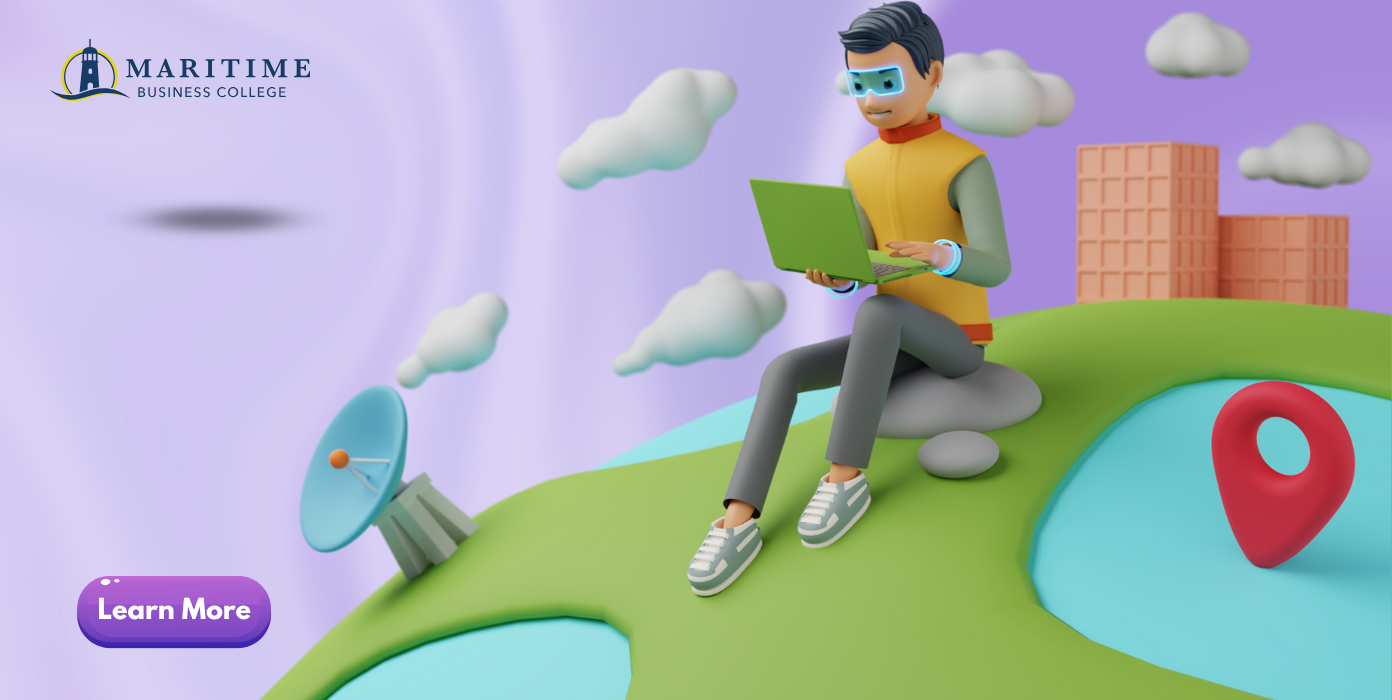
Choosing Your Educational Path For Your Digital Art Diploma
- Compare program length, cost, and course content
- Look for career support, portfolio development, and industry exposure
- Explore financial aid, scholarships, or flexible payment plans
Maritime Business College’s Digital Art Course Advantage
Why MBC Stands Out in Digital Art Diploma
- Industry-focused curriculum designed to meet current job market needs
- Instructors with real-world experience in film, gaming, and design
- Blended learning: classroom theory meets hands-on labs and projects
Student Success and Career Outcomes
- High graduate employment rate across creative industries
- Portfolio and demo reel development are included throughout the program
- On-the-Job Training (200 hours) helps students transition smoothly into the workforce
Ready to Start Your Digital Art Diploma Program?
A creative and exciting future begins with selecting the appropriate digital art course. With the correct training, you can make your passion a career regardless of whether you’re drawn to immersive 3D environments or 2D storytelling. You can create a fulfilling career in digital art if you have specific goals, the appropriate learning style, and a nurturing learning environment. Maritime Business College can help you take full advantage of Halifax’s encouraging and expanding digital creative industry. Our 2D/3D Animation and Digital Art Diploma gives students practical experience, technical know-how, and a polished portfolio. With industry-standard software, knowledgeable instructors, and on-the-job training, you’ll graduate with assurance and be prepared for the workforce.
Ready to Start Your Digital Art Career?
Contact MBC Admissions for course information
- Schedule a Campus Tour and Portfolio Review
- Attend Our Next Information Session
FAQs – Digital Art Diploma
1. What is covered in a digital art course?
A digital art course typically covers fundamentals like digital painting, illustration, graphic design, and software tools (e.g., Photoshop, Procreate). Advanced courses may include 2D animation, 3D modeling, or specialized training for a digital art diploma.
2. How does a digital art diploma enhance career opportunities?
Earning a digital art diploma validates your skills in areas like concept art, game design, or animation. It can open doors to careers in studios, advertising, or freelance work, especially if you master both 2D and 3D animation techniques.
3. What’s the difference between 2D animation and 3D animation?
2D animation is flat, frame-by-frame movement (e.g., traditional cartoons), while 3D animation uses digital models for depth and realism (e.g., Pixar films). A digital art course often teaches both, but specializations vary.
4. Which software is taught in a digital art course?
Courses focus on industry-standard tools like Adobe Creative Suite (Photoshop, Illustrator), Blender (for 3D animation), and Toon Boom (for 2D animation). Some digital art diploma programs also include Maya or ZBrush.
5. Can I learn digital art online without a diploma?
Yes! Many online platforms offer digital art courses for beginners. However, a structured digital art diploma provides mentorship, networking, and credentials that may accelerate your career, especially in competitive fields like animation.
Connect With Our Digital Art Community
- Join Our Social Media Communities
- Attend Local Digital Art Meetups
